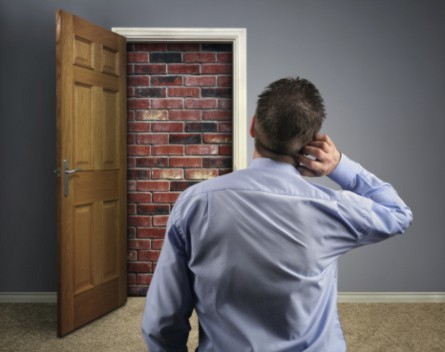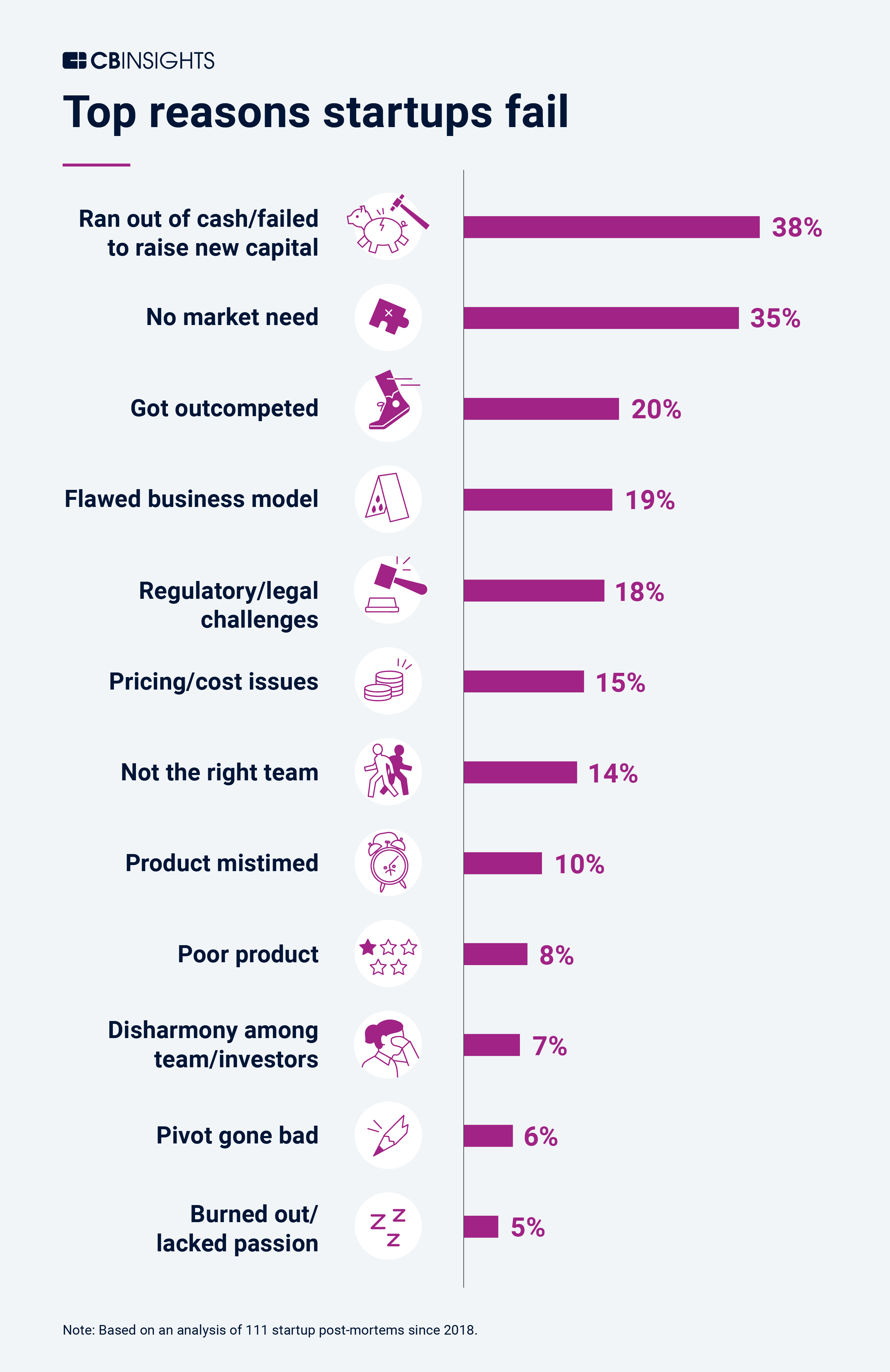Why my first startup failed – StartupSmart

Failure is always a possibility in the startup world. But even a crushing, financially devastating and humiliating failure can’t stop some from picking up the pieces and starting again.
They’ve learnt from their mistakes and know how to do it better next time, they’ll argue. Or the fear of failure is actually what drives them onward and upward.
Richard Eastes is a classic example. The founder of www.vroomvroomvroom has grown five startups over the years; one of those to the value of $20 million. He’s now back in the startup scene, helping businesses with their online marketing at www.resultsplease.com. But it’s been anything but smooth sailing.
“Most of my startups have failed miserably,” he says.
He launched a computer retail business in 2001 with a friend, but his prices were too low to ever be feasible.
Next was the launch of a free, easy-to-edit content management system called Nukedit.
“I learned that giving something away for free has value, but only if I have a plan to transition the customer towards profit,” he admits.
Car Insurance Comparison was born in 2006, which succeeded, but he procrastinated over the sale, so the business lost its search engine value and he could only sell it for $50,000.
“In this regard, it’s a failure. Lesson learnt about neglect, procrastination and that the worst enemy of a good idea is a good, different idea.”
Eastes also bought domain name www.toast.com.au for $22,000 in 2010, hoping to compete with Reddit before it became popular, but was too slow off the mark.
In 2012 came GreenLogo, which intended to pay for the carbon offsets of people’s website servers. “I learned that I need to do more market research to find out if people actually want the product I was making.”
He launched VroomVroomVroom in 2004, and admits he’s failed at hundreds of difference experiments to try and get it to grow.
Eventually, enough of the experiments worked and it paid off and it’s now Australia’s most popular website for renting cars, booking over $50 million in car rentals a year, he says.
Failure has also come to wide calf boots business Bennetts Boots, which was placed into liquidation in May.
Business owner Amanda Bennetts blames the supply line for failure, admitting she’d do things differently if there was ever a next time.
“We kept getting taken advantage of and ripped off until we went under, because the only place that had the skill sets to make our unique product at a marketable price was China, and their culture of cutting corners and greed drove us out of business. Read ‘poorly Made in China’ – it explains the cultural and business differences, and as a small business, we really had little hope.”
A lack of sufficient market research cost Yvonne Walker dearly when she started an HR consultancy in a remote area many years ago.
She also blames a lack of support for small businesses in a remote location and a lack of a sustainable market, which she admits some market research would have indicated.
She’s now almost four years into her second HR consultancy, HR with Ease, which is a big success.
She advises other startups to do some research and make sure there’s a niche for them.
“Don’t think you have to do it all on your own. Build a network of people you can share information and ideas with.”
Finn Peacock is another brave enough to admit to failure early on. He launched a business trying to sell expensive, complex software through cold calling to address a problem he now knows no one really had. After 12 months, he realised he’d lost a year of income and gave up.
Success came, finally. He’s built SolarQuotes.com.au, which is the most popular independent solar site in Australia, turning over millions. He advises others not to leave their day job or regular income until their startup has made some profit, which removes a lot of the risk.
“The first dollar of profit is much harder than the next $100,000 dollars of profit. And don’t try to build a business based on cold calling potential customers. It’s a miserable, hard and expensive way to scale. Use online lead generation and direct mail instead, which is much more pleasant and easier all round,” Peacock says.

